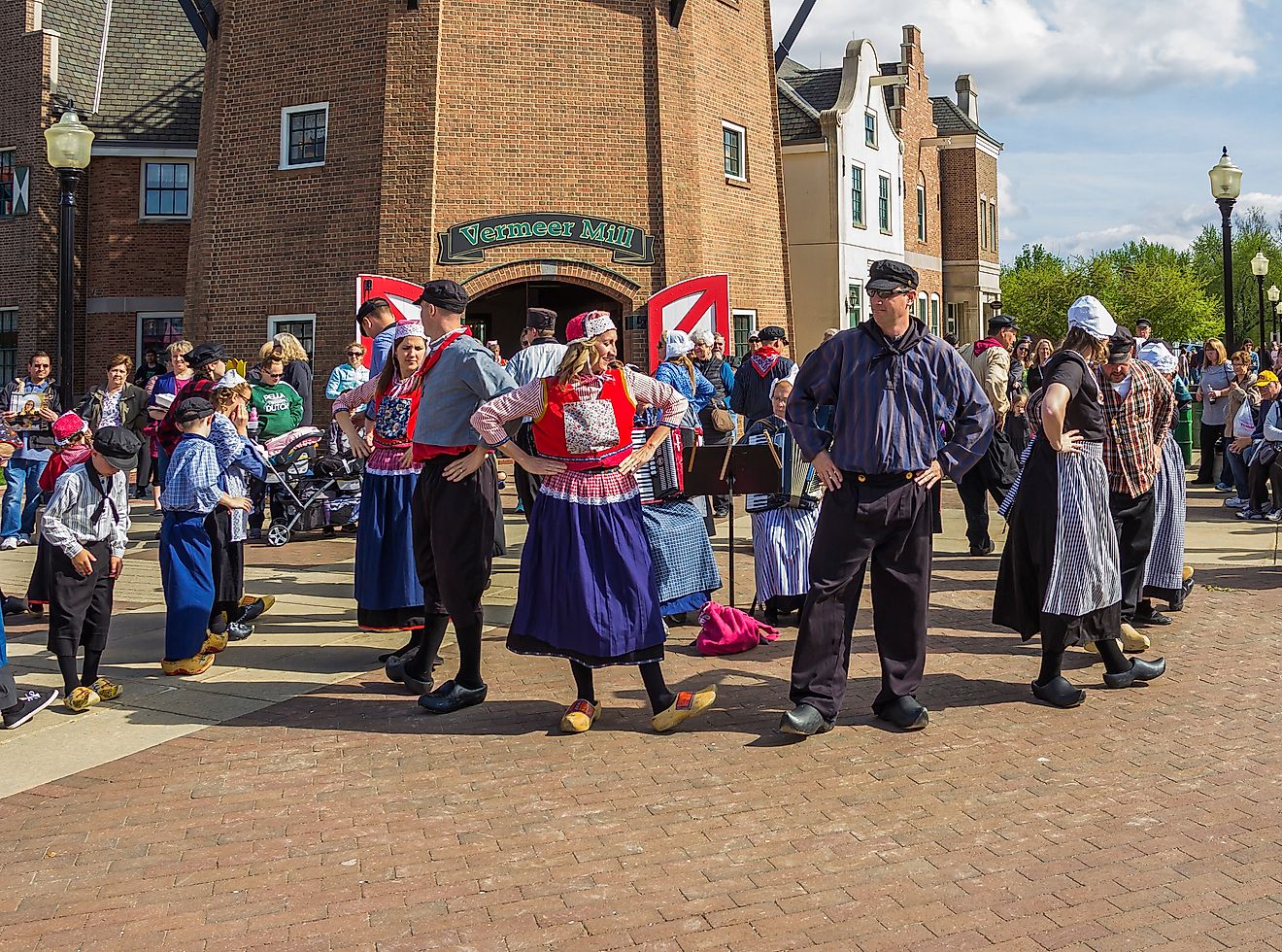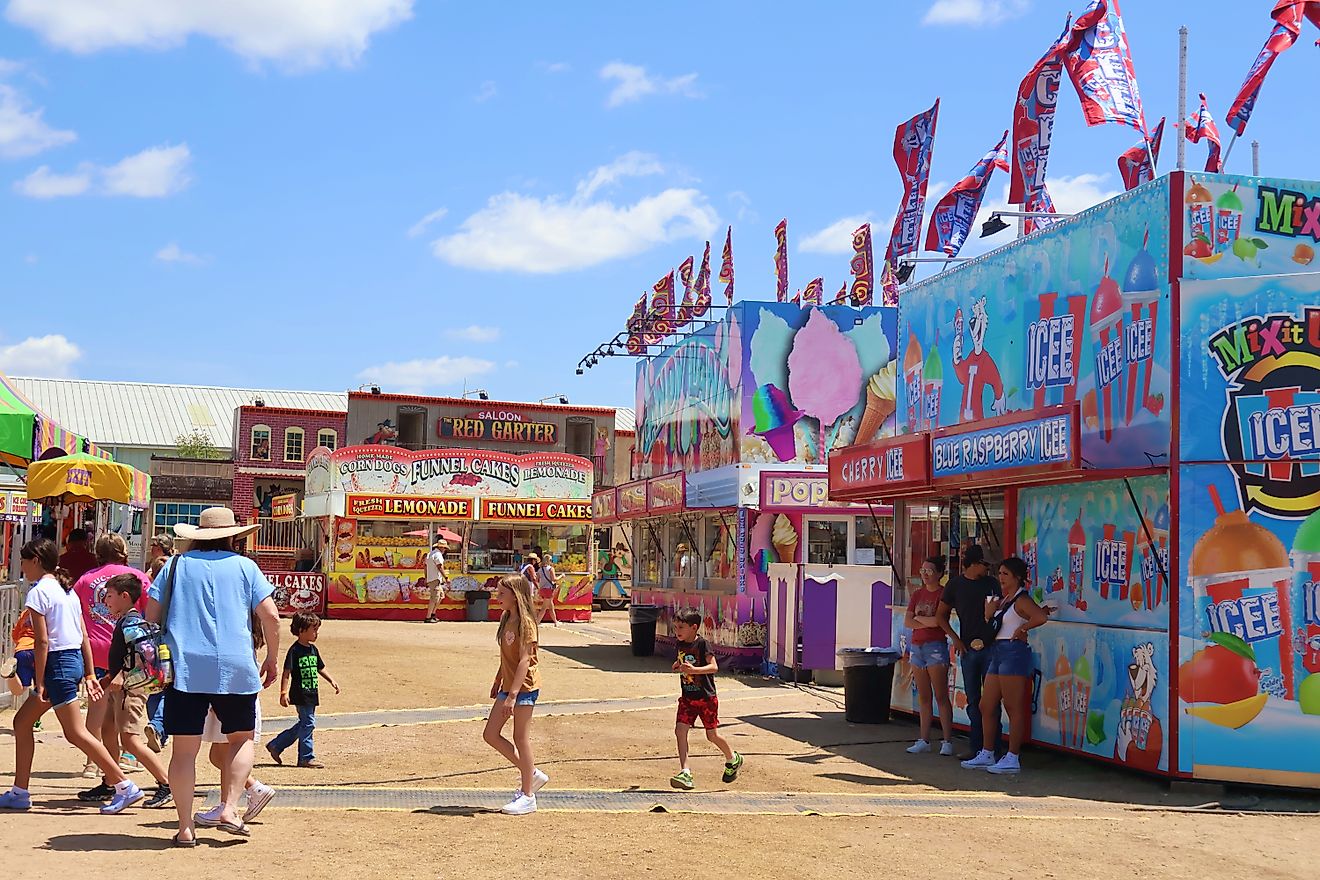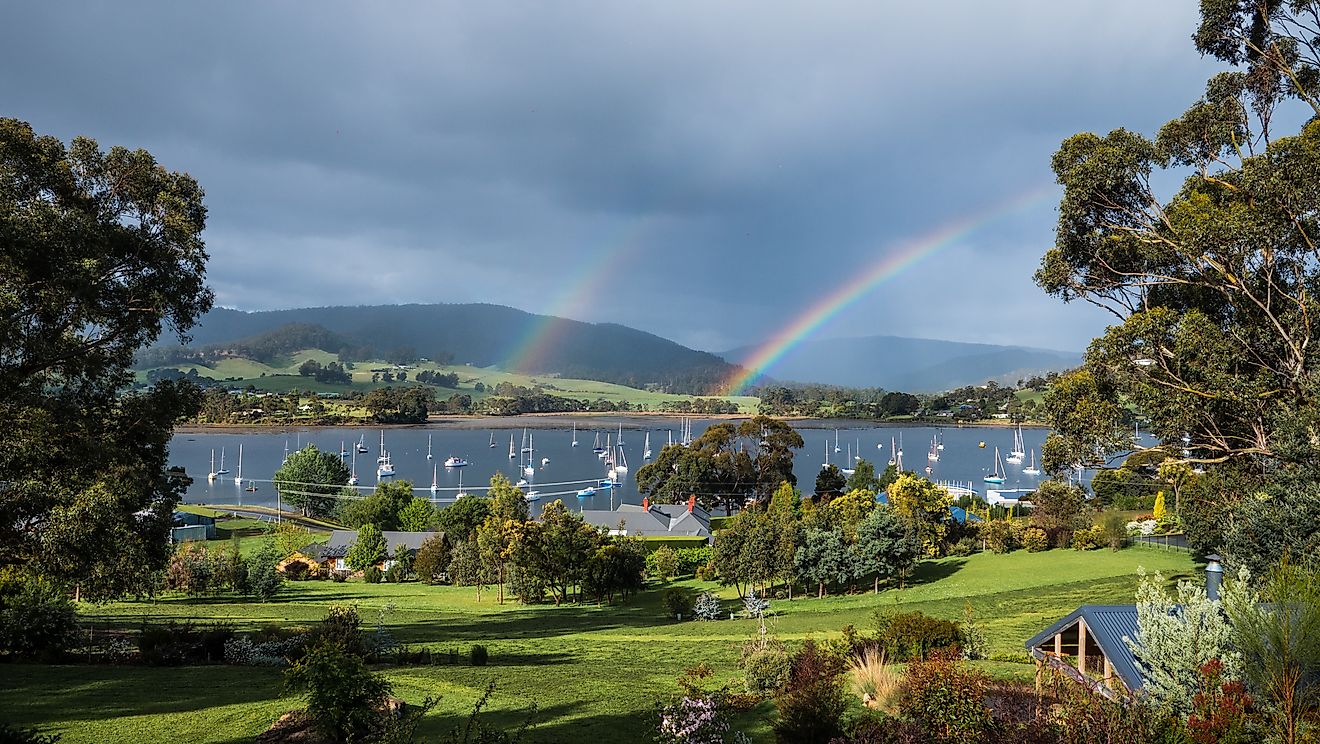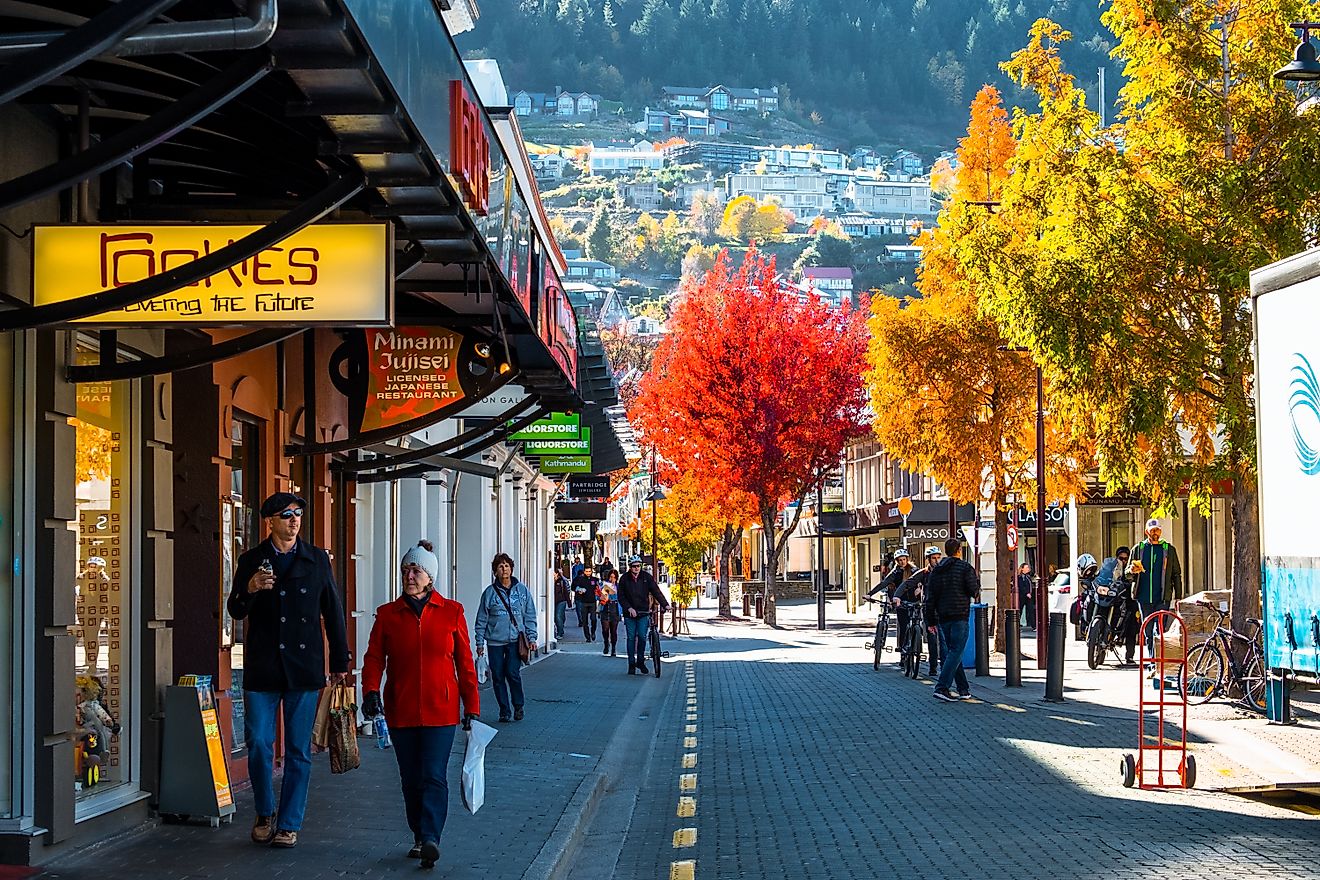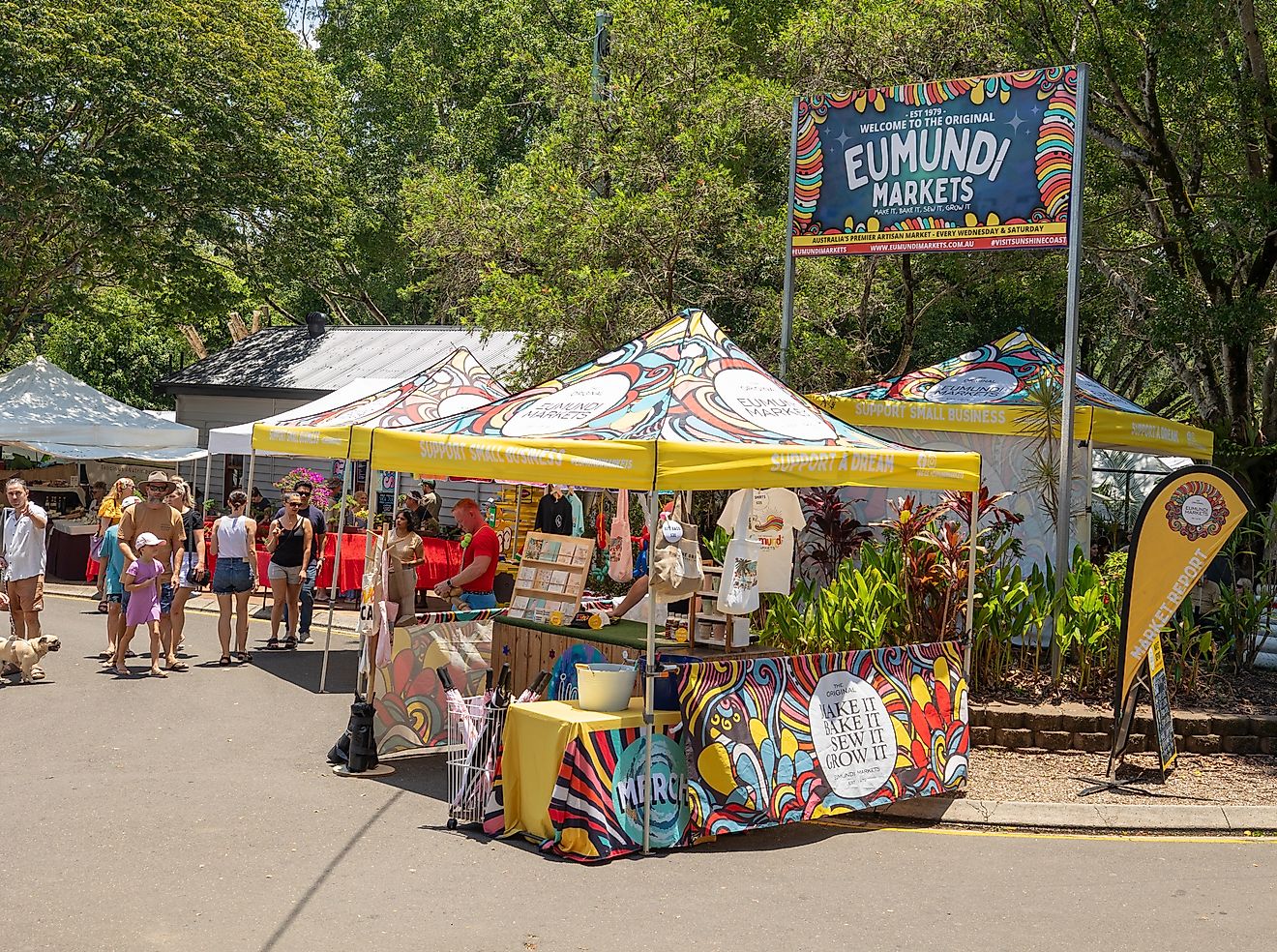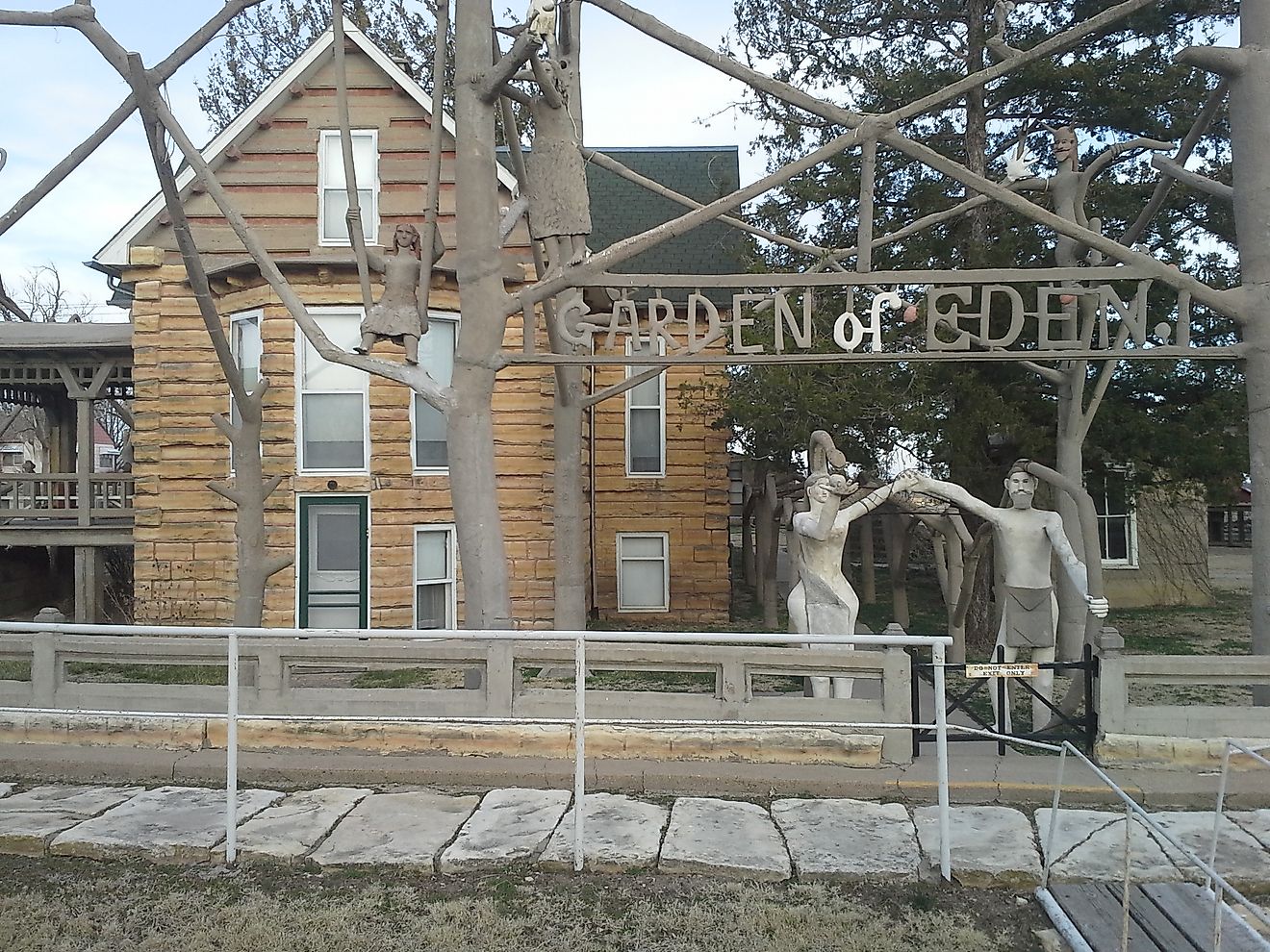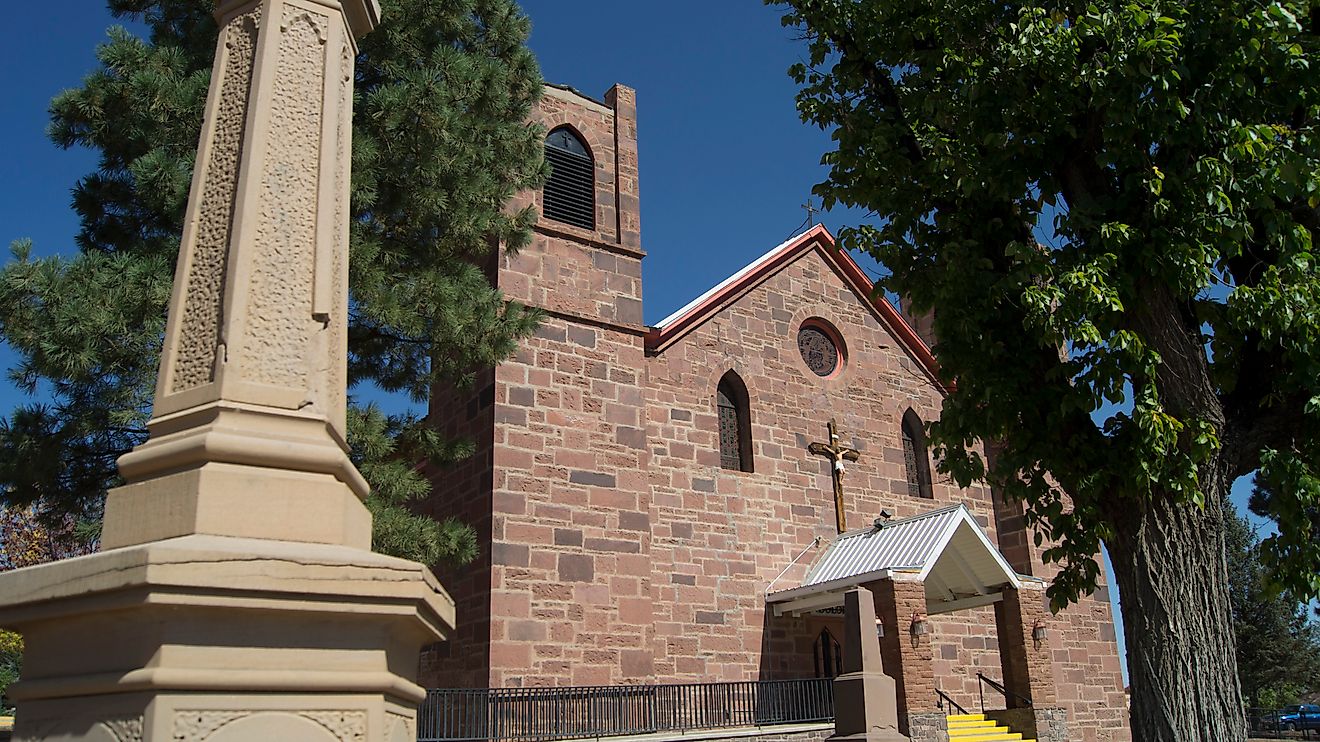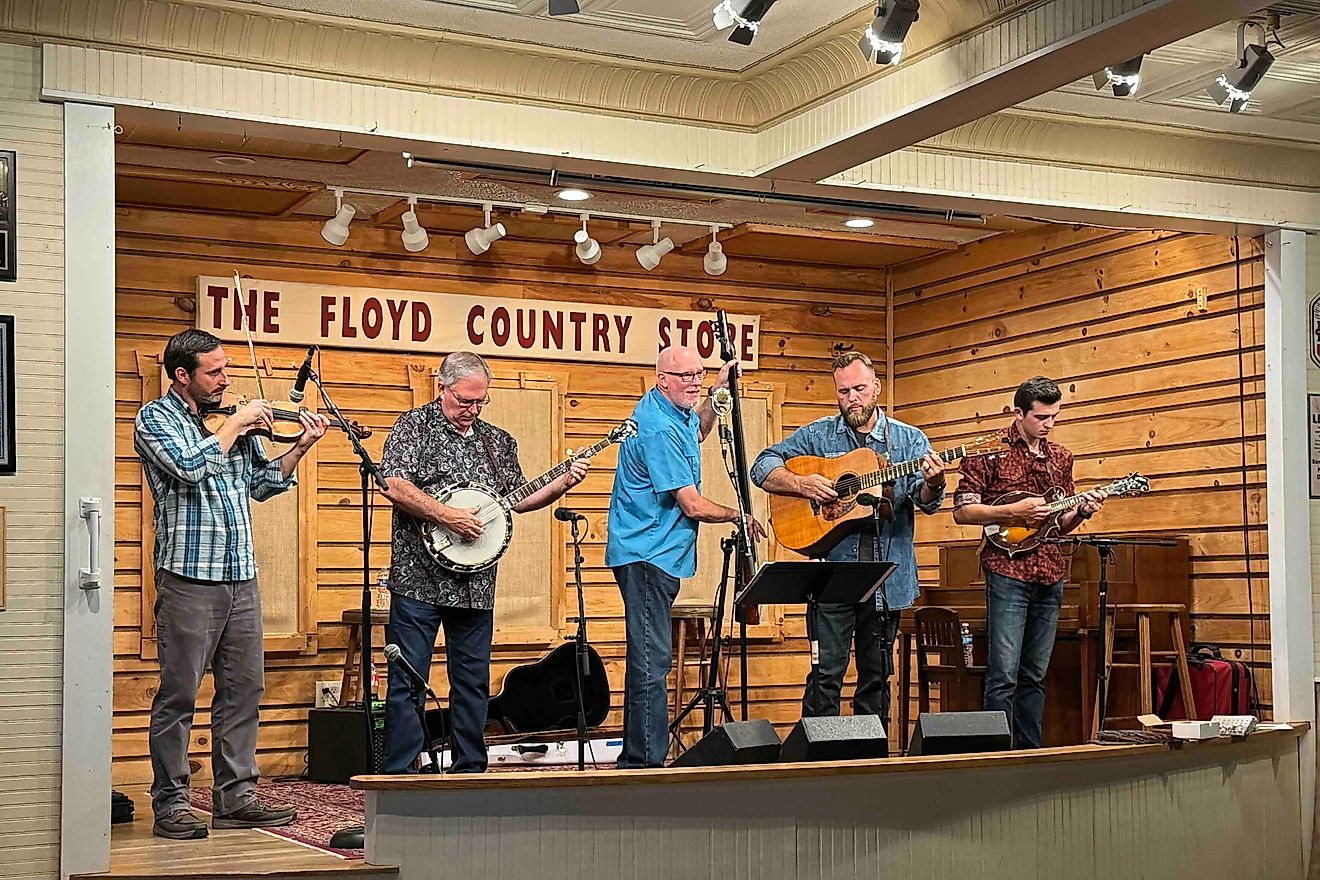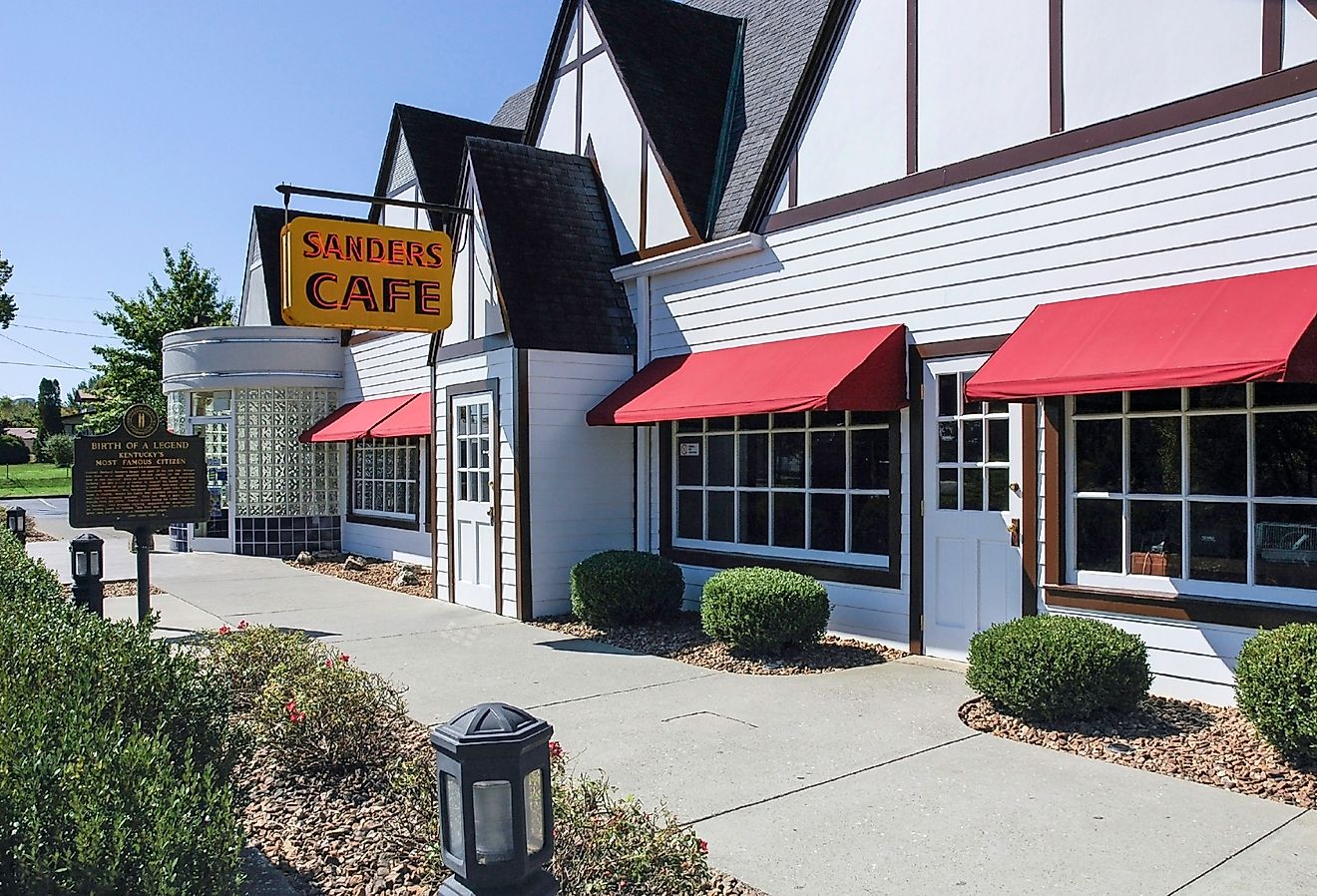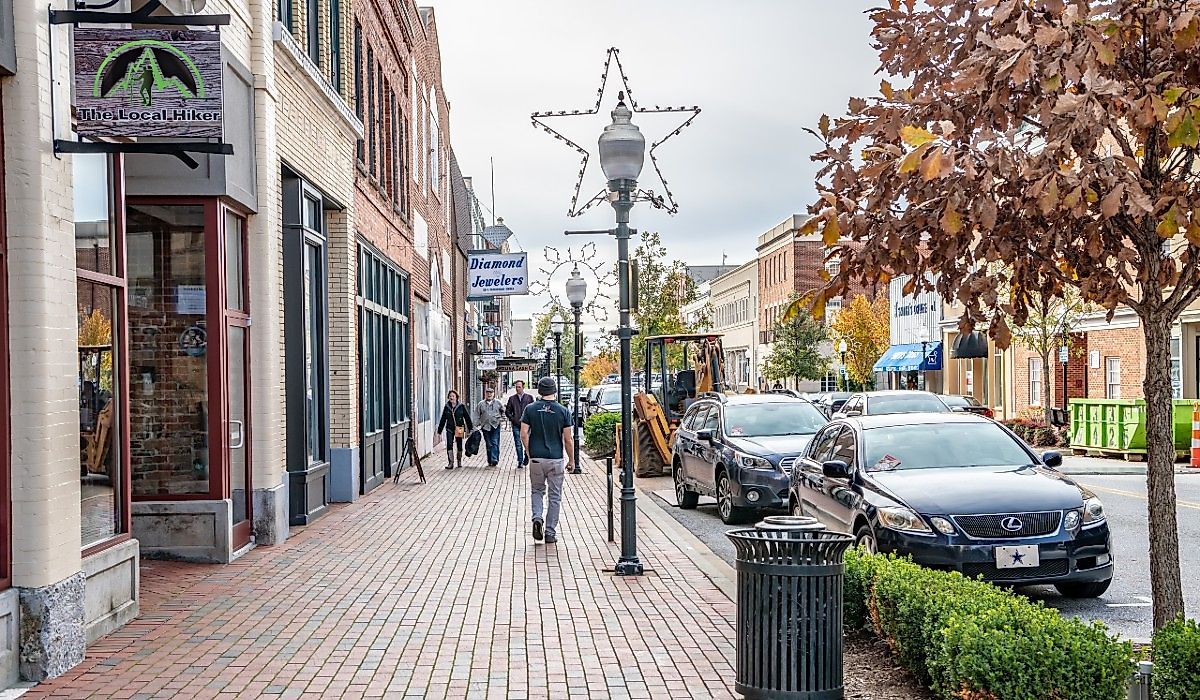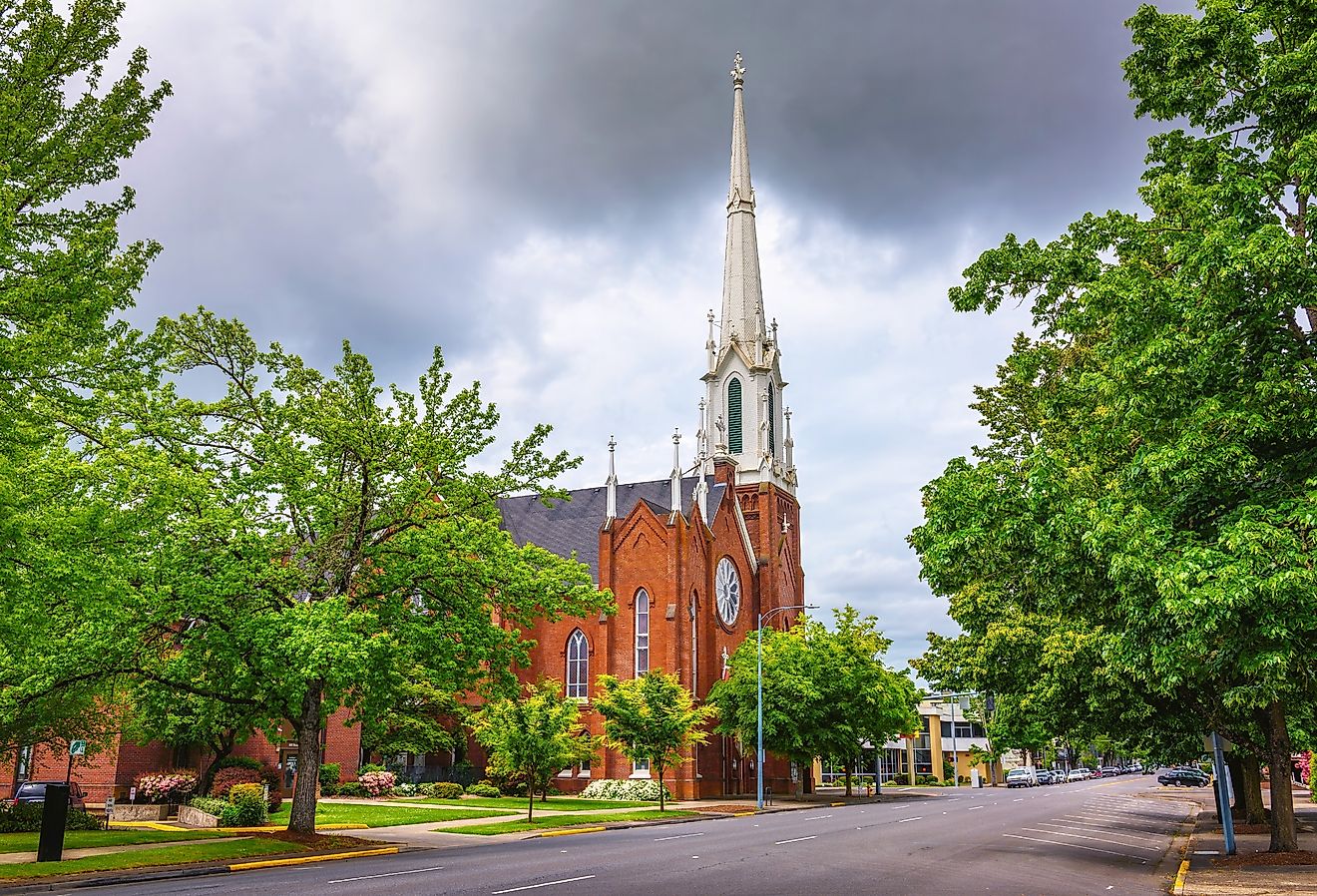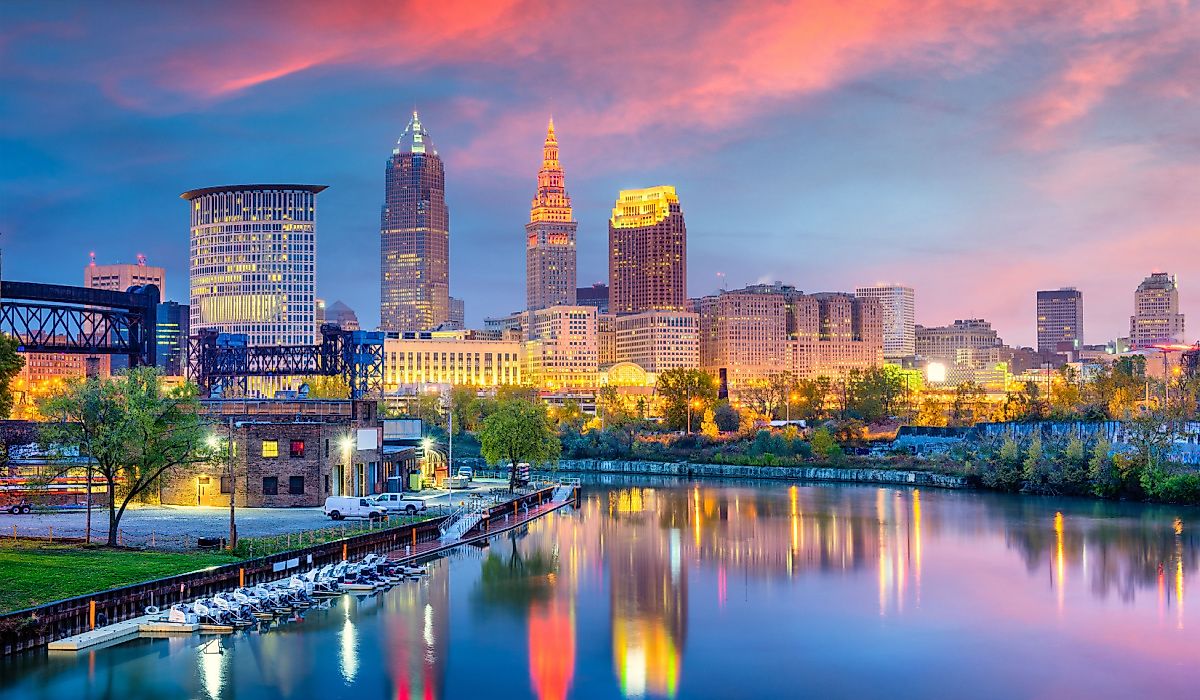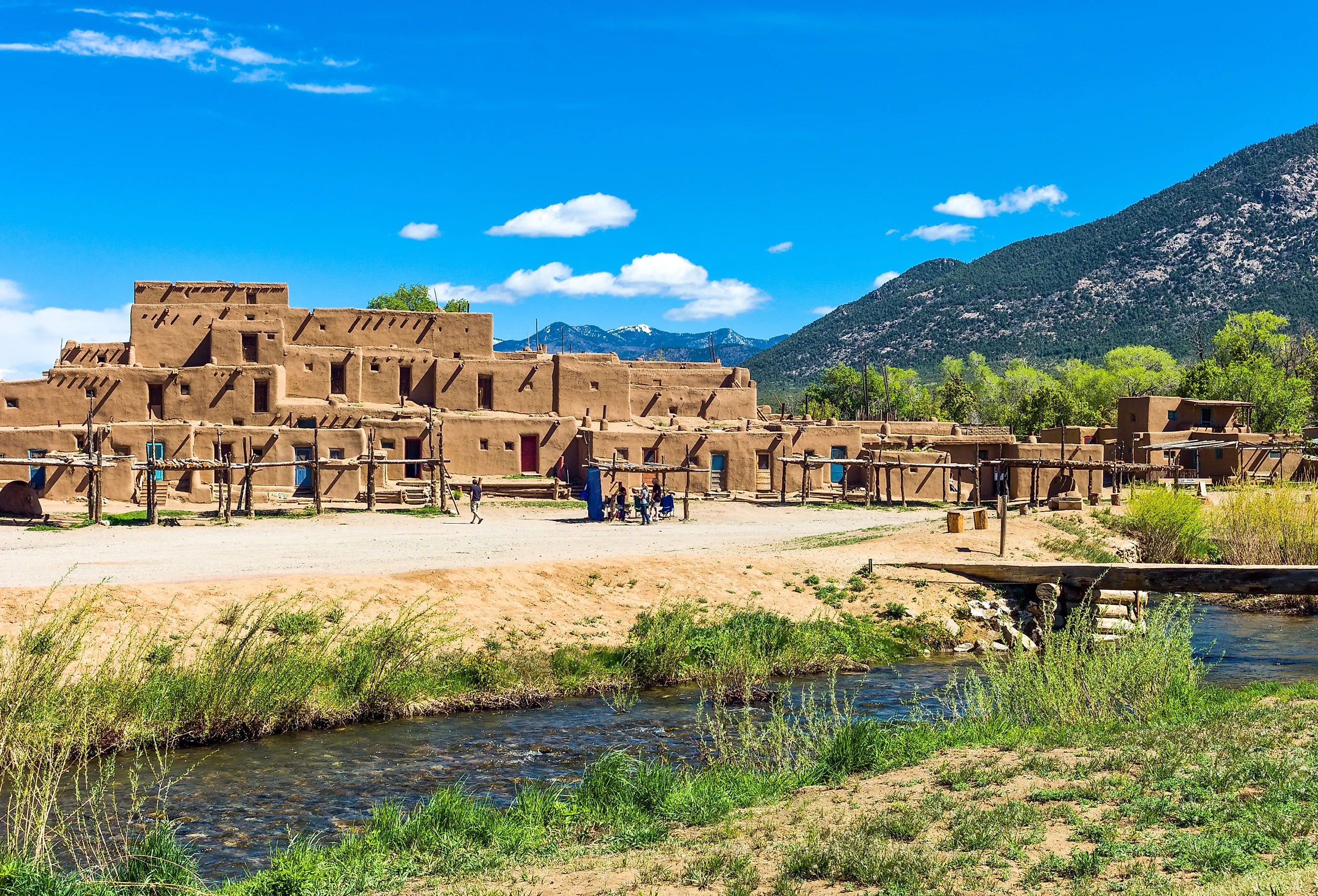
Taos Pueblo
Found at the base of Sangre de Cristo mountain range in New Mexico is the breathtaking Taos Pueblo. It has been a UNESCO World Heritage Site since 1992, and it is also a registered National Historic Landmark. The people there are descendants from the Anasazi Native American cultures that have also been introduced to Spanish influence over the years. This is the one of the longest-standing Native communities that still exists on the original land they occupied centuries ago. The community is best known for its resistance to modernization, and many traditional ways of life are still practiced to this day. The Native language is Tiwa, while English and Spanish are also dominant. While 90% of the residents are Christian today, the Pueblo traditions are still preserved and practiced. The site stands on 99,000 acres of Native American land and has an elevation of 7,200 feet.
History of the Taos Pueblo
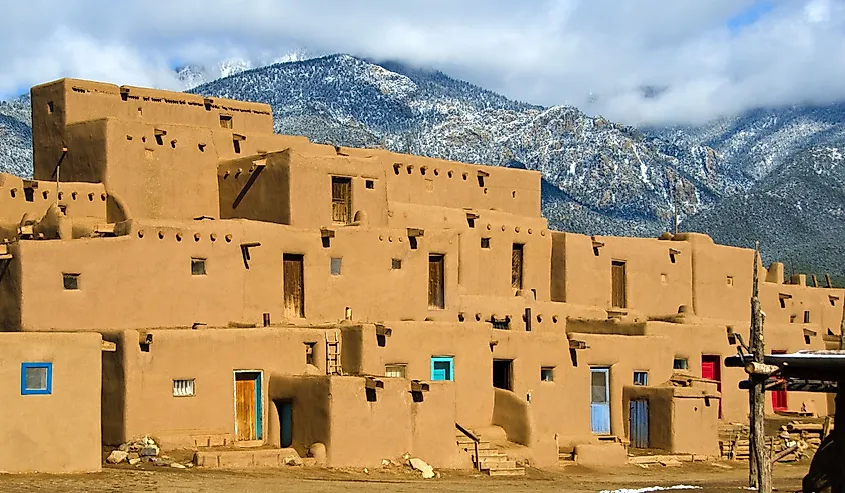
The Taos Pueblo is one of the oldest continuously inhabited communities in North America, with 150 residents residing there today. It is now a UNESCO World Heritage Site, as well as a National Historic Landmark, and was there long before the Europeans discovered the New World. The site is rich in geological history and archaeological evidence suggests that the main structures were built sometime between 1000 and 1450 A.D., anywhere between 1000 to 1,500 years ago. However, evidence of Native Americans in New Mexico reaches as far back as 2,500 years.
When the Taos Pueblo was first built, it was established as a trade post for the Native American communities along the Rio Grande River and those in The Plains. After the annual fall harvest, a fair would be held in the Pueblo and people would use it as a place to trade the goods they had harvested throughout the season. When the Spanish first arrived in about 1540, they were reportedly impressed by the bustling economy. They thought that they had found one of the Seven Cities of Cibola— mythical places supposedly full of gold. The Spanish believed one to be somewhere in the Southwest of the United States. The shiny mineral present in the clay found in the adobe structures glistened like gold in the sunlight, leading the Spanish explorers to believe they were speckled with precious stones. Eventually, trade routes formed between the Taos and the Spanish via the Chihuahua Trail. In total, there are 19 New Mexico Pueblos, and Taos is the northernmost. The longevity of the community has been maintained to this day, and most of the homes are passed down to the next generation. The eldest son is most often the one who inherits the family home.
Construction of the Taos Pueblo

All of the buildings in the Pueblo are made of adobe. Adobe is a mixture of earth, water and straw that is shaped into bricks and then dried in the sunlight until solidified. Each of the five stories is supported by vigas—large beams of timber retrieved from the forests in the nearby mountains. Next, sticks and branches of pine or aspen were assembled across the main beams to form a ceiling. This wooden ceiling structure, called a latilla, is then packed with the adobe mud and clay mixture. The exterior walls are maintained on a regular basis, about once a year, by caking on more mud and allowing it to dry. It is thought that The Taos Pueblo was built as a trade and communications hub for the multiple different peoples that lived in the Southwest at this time. Eventually, it also became a central way that the Spanish communicated with the Native Americans.
Exterior of the Taos Pueblo
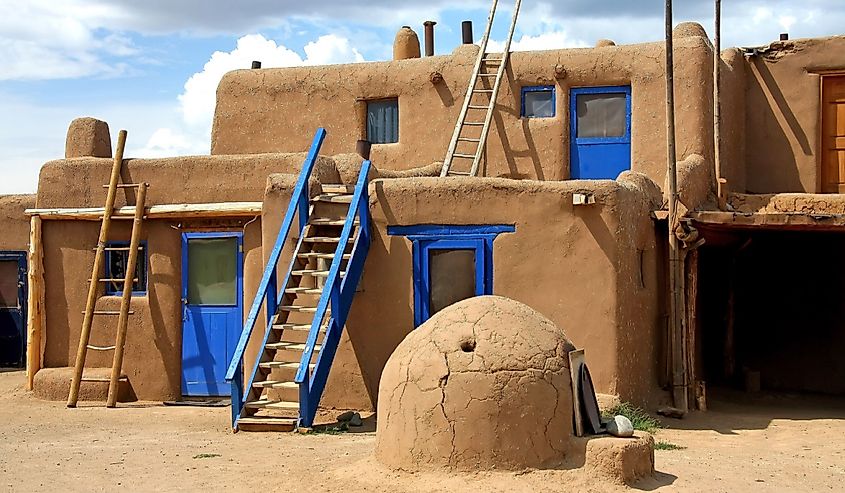
The exterior of the Pueblo consists of many individual homes, which are all connected with common walls but no doorways. Front doors were added to homes after the Spanish arrived. Prior to the doors, living quarters could only be accessed from the roof by climbing down by ladder from the living room. Windows were also later added but were not present in the original constructions. They are five stories high, with walls that are several feet thick. The homes were built in stacks of five stories so that approaching enemies were clearly visible.
Interior of the Taos Pueblo
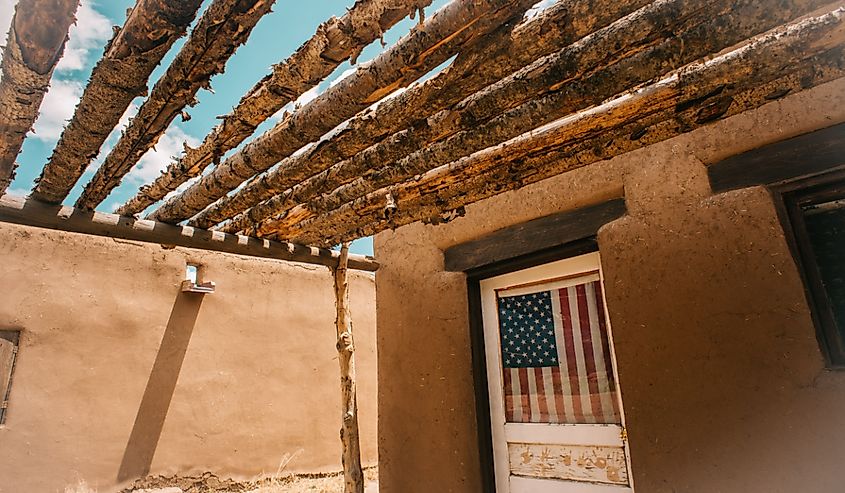
The interior spaces have very few windows or openings, except for the front-facing entrances of each individual home. The walls on the inside differ from the red clay coloured exterior. They are white on the inside due to being covered with a special white earth to keep it looking bright and fresh. The homes tend to be one room as an open concept space with four walls. Though the original construction possessed no windows and doors, most homes today have at least one. However, the traditional ladders that were used to climb into them from the roofs are still used as well and can be seen in some photos of the site. Religious customs, cultural practices and ceremonies are often performed inside of the home.
Visiting the Taos Pueblo
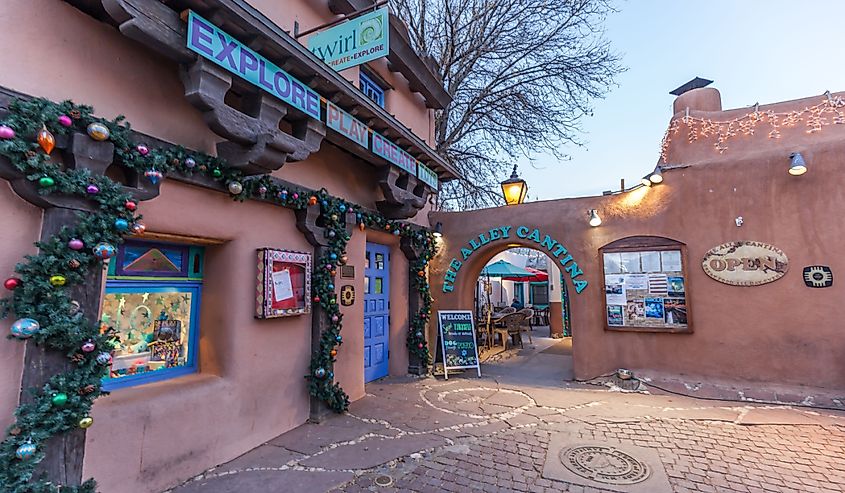
The Taos Pueblo is open to visitors throughout most of the year. There is a period of closure from late winter in February to early spring in April. This year, the Pueblo is reopening April 1, 2023. During regular months of operation, the site is open Thursdays through Mondays from 9 a.m. to 4 p.m. Tuesdays and Wednesdays are closed. There can also be unexpected closures if there has been a death in the community or for any religious practices, so it is prudent to call ahead before visiting. There are local artisans in town that sell goods and some have been in business for generations selling handmade arts, crafts, pottery, jewelry and more. In fact, the tourist trade has always been an economic pillar of the community and that tradition continues on today. The Taos are known hunters and animal skin products such as moccasins, drums, and boots have been made for generations and are still plentiful in markets. While the tradition of their ancestors has been carried on, there is also a modern resurgence of Pueblo artists that are veering more towards the fine arts, adding to the culture’s art repertoire!
It is important to be mindful when visiting as Taos Pueblo is a living community and therefore knowing their etiquette and rules is a must in order to remain respectful to its residents. It is important to obey all signage and to refrain from trespassing into restricted areas as to maintain a level of privacy for those who live in the neighborhood. Not all of the homes are open to tourists and some of them are businesses, so it is important to pay attention to marked entrances. Visitors are also asked to refrain from entering the river, which is the community’s source of drinking water. The cemetery is also off-limits, and is surrounded by a large adobe wall that acts as a barrier.
When entering one of the homes open to tourists, the community asks that visitors treat it as if it were their own home and maintain respect for the customs and traditions that are housed in these spaces. While photography is permitted, it is asked that it is done so respectfully. Please do not take photographs of tribal members without first obtaining consent. There is also absolutely no photography while inside the San Geronimo Chapel.
Those who are arriving to take photographs for a professional or commercial purpose must apply for approval first and pay a fee which varies based on individual. The admission fee for tourists costs about $16 per adult, $14 per senior/student, and children under ten are free.
